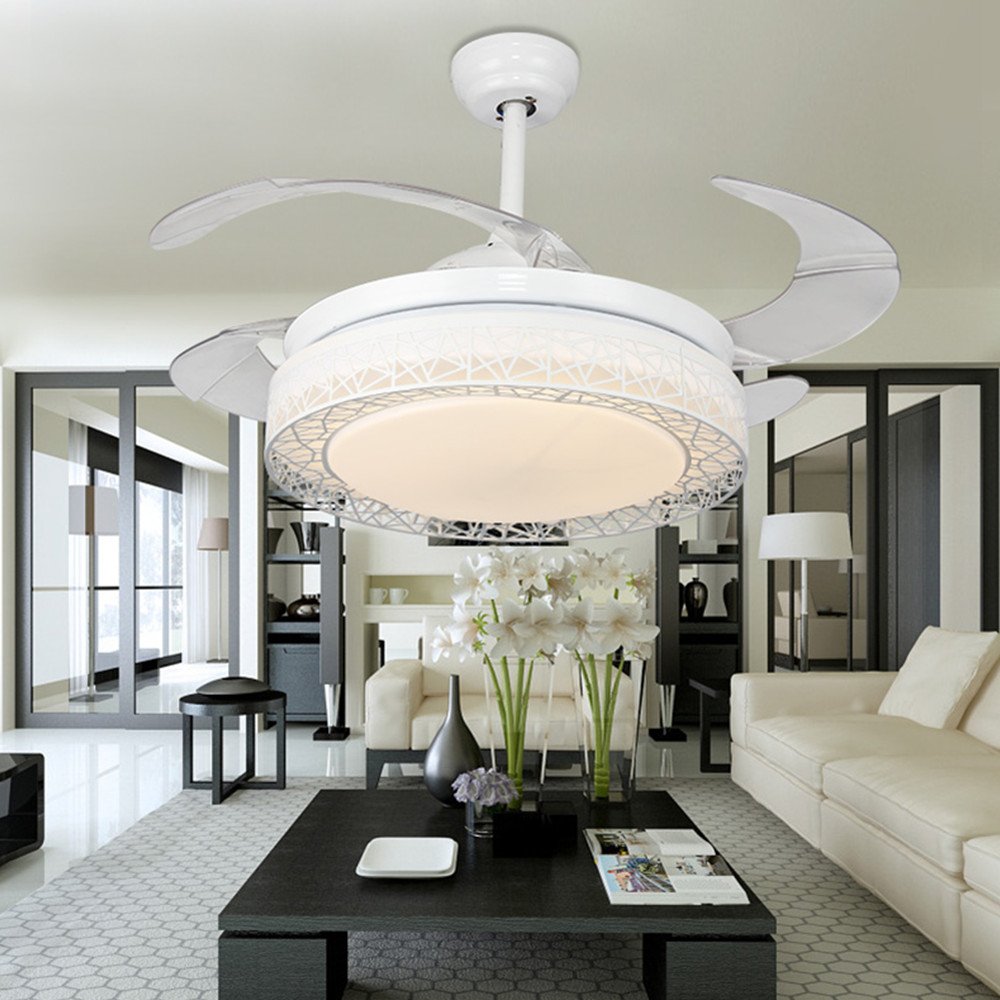
The light is one of the most significant design and style choices you’ll make for your house on much more amounts than one. Above all, your lighting has to serve a functional goal, providing the right amount of lighting for that area it’s in. But functionality away, lighting is a significant design element, too. Lights range between very easy to statement-creating, and choosing one particular conclusion of the range on the other can influence the style of an entire space.
To assist you property the ideal pleased medium sized between design and chemical, we’ve come up with an illumination getting manual that covers different types of illumination, designs, space guidelines, and much more.
How to Choose the correct Lights for your house? Understand the three kinds of lightings. Before you decide to set out to purchase lightings, it’s important to possess a detailed understanding of your room’s lighting plan. An excellent lighting strategy is normally made from three kinds, or sources, of light-weight per area: ambient lighting, process lights, and accent lights.
Ambient Lights
Ambient lighting is the primary source of lights in a space, arriving generally from overhead fittings or recessed illumination. Ambient lighting assists the most basic purpose of illuminating the space. The volume of ambient lighting your room has is usually selected by the residence-building contractor or licensed contractor, but if you’re organising a reconstruction or installing a new ceiling fixture, the way of measuring you’ll want to know is called “foot-candles.” The term foot-candle describes how vibrant a light is one-feet away from the source. Utilitarian areas, like cooking areas and bath rooms, demand more feet-candles than residing and transition places like family rooms, eating bedrooms, and hallways.

Here’s a review of the recommended feet-candle specifications for frequent areas in the house:
Cooking area kitchen sink, cooking area oven, and washroom: 70-80 feet-candles dining area and cooking area generally speaking: 30-40 feet-candles family room, living room, bed rooms, and hallways: 20 feet-candles.
This measurement can then be interpreted into lumens or watts to assist you to choose how significantly light your living area needs. To convert to lumens (the measure of illumination for guided lights), grow the amount of feet-candles appropriate for the area by the video footage of the region. So a 10 ft. x 12 ft. room needs to have the same as 2,400 lumens of lighting. Like incandescent bulbs to LED lights? Frequent lumen to watts sales consist of:
450 lumens = 40W 800 lumens = 60W 1100 lumens = 75W
Task Illumination
Task lights was created to supply light for specific actions or uses inside a room — like bedside sconces for nighttime reading, beneath-cabinet illumination to light up countertops, a gooseneck light over a desktop computer, or perhaps a vanity light-weight previously mentioned a looking glass. Depending on your requirements, you may opt for process lights with swivel or rotating features to immediate the sunshine where you need it most.
Accent Lighting
Accent lights performs probably the most ornamental role at home. It’s typically employed to draw attention to a design or attractive focal point, like a fireplace, work after work and staircase, or bookshelf. Emphasize lights can also be a center point in its very own correct should you go for assertion-creating or embellished chandeliers, sconces or lamps.
Area-particular lighting guidelines specific locations in a house require much more specific lighting guidelines. Typical locations which require unique factors incorporate:
Kitchen area Illumination. Whether you use your kitchen area for prep job, storage and seating or the above, chances are you want to light up it with task lighting. The most frequent resource is pendant lights organized in a row higher than the ceiling.
To determine how many pendant lighting you will require, start with measuring your area. You’ll want a minimum of several lamps spaced 24”- 36” aside. (For those who have an oversized cooking area and choose a larger pendant design additionally, you will want to make sure that the distance between each light is larger than the diameter in the pendant alone). To hang an odd variety of lighting, put in the middle of this top, and space the others from that point.
The height of the pendant off the countertop is incredibly important: Leave too much space and you won’t get enough lighting, without enough room may cause the pendants to obstruct the functionality in the area or even the view of those function around it. For the best outcomes, the bottom of the pendant light should sit down 32”- 40” over the top of the area. The correct light guarantees a lavish entry.
Inside an atrium design-foyer that’s more than one degree, large chandeliers or statement pendants frequently work nicely to both light up the area and create a design assertion. Generally, the base of the chandelier should be level with or greater than the next flooring. In a single area, a chandelier should depart at least seven toes of clearance between the light and the flooring.
To get the right-size pendant or chandelier for the area: add the size and width of your own entryway together, then turn that measurement into inches. If you have a small 6’ x 6’ breezeway, for example, you’d need a 12” large light, while a sprawling 15” x 18” foyer would call for a light around 33” large. (This formula actually works as being a guideline for figuring out proper light dimensions in every area! )







